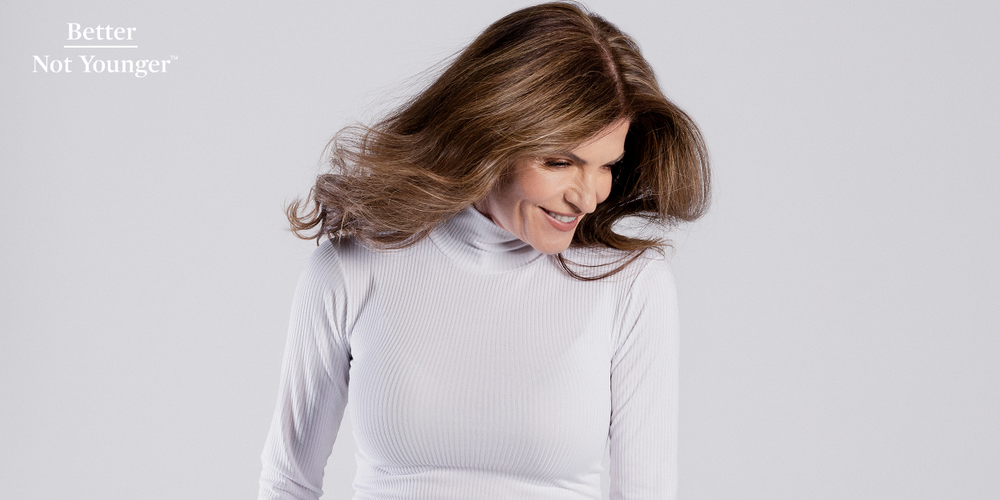How Often Should I Use a Scalp Cleanser?

As the location where your skin and hair unite, your scalp is unique. Many women overlook this part of their bodies, but regular exfoliation is mandatory to achieve healthy, lustrous hair.
Shampooing cleans your scalp to a point; however, a more intensive detox done regularly will help you fortify your hair follicles and bolster your scalp's health by eliminating:
- Excess oils
- Product buildup
- Dead skin cells
- Dirt and debris
How often you use a scalp cleanser will depend on several factors (i.e., hair type and condition), but you should generally do it every seven to 10 shampoos.
How Does a Scalp Cleanser Work?
Shampoo cleans your hair and scalp using detergents known as surfactants. Surfactants work by reducing water's surface tension, allowing dirt and oils to be pulled into the water and washed down the drain.
Scalp cleansers don't rely on surfactants. They must work differently to get rid of stubborn impurities that shampoos leave behind.
Scalp cleansers operate by:
-
Dissolving buildup — Acid-based substances break down product residue and dead skin cell layers that can accumulate and stick to your skin. This is also known as chemical exfoliation.
-
Physical exfoliation — Some scalp cleansers contain rough-textured ingredients like salt or sugar. Others are applied using a stiff-bristled brush or massaging tool to scour away impurities, a process is known as physical exfoliation.
- Absorbing unwanted substances — An absorbent ingredient like activated charcoal is frequently used to draw out impurities from deep within your dermis. Dirt, oil and toxins are pulled into the activated charcoal's porous surface through its negative electrical charge.
What Happens if I Don’t Clean My Scalp Enough?
In the quest for a healthier mane, many women dismiss their scalps and focus instead only on treatments designed for the hair itself.
If you neglect to exfoliate and deep-clean, you may encounter issues with your hair and scalp's health and appearance.
Adverse effects of a dirty scalp include:
What if I Clean My Scalp Too Often?
A clean scalp contributes significantly to sustaining a well-balanced hair biome, though scalp cleansers are meant only for occasional use. Relying on them to maintain a squeaky, clean feeling can bring its own set of consequences:
-
A red, painful scalp — Scrubbing your scalp is a great way to remove excess residue and dead skin cells. However, too much exfoliation could lead to the accidental sloughing off of healthy, living skin cells leading to pain and visible redness.
- Dry skin — Your scalp needs a specific level of sebum oil to maintain the proper moisture balance and protect your hair from damage. If you cleanse too often, you'll likely wash away the oils you need.
New Dawn Activated Charcoal Scalp Cleanser
Better Not Younger’s New Dawn Activated Charcoal Scalp Cleanser was formulated to safely and gently clean your scalp. Use it once or twice per week, depending on your individual needs to experience the difference a clean scalp can make!
New Dawn cleanses on multiple fronts, including:
Give Your Hair a Fresh Start with Better Not Younger
Scalp cleansers are beneficial for all hair types, but if you use a lot of styling products or have oily hair, you will probably need to use a scalp cleanser more frequently. Give your scalp the new beginning it deserves by opting for a purifying cleanse once or twice a week.
Use New Dawn Activated Charcoal Scalp Cleanser, followed by your regular shampoo, conditioner, and styling products from Better Not Younger. Every component in our total care regimen was designed to work together to help you overcome aging-hair challenges.
Try them all by visiting our Better Not Younger Shop page. You can also learn more about them in our Better Blog.
